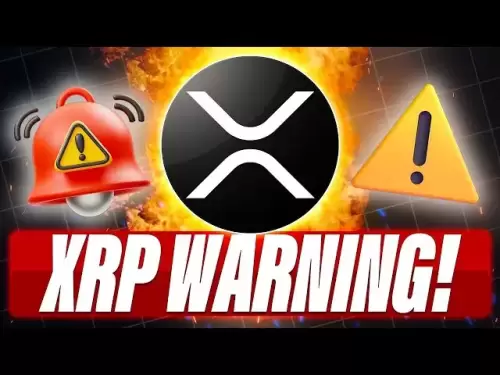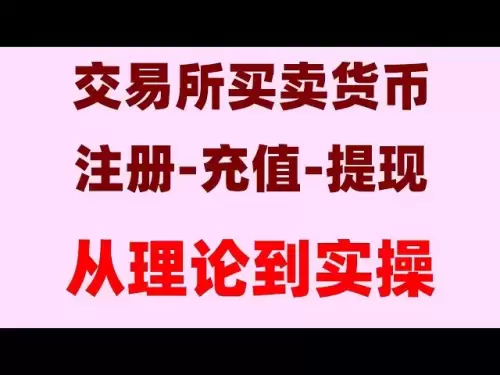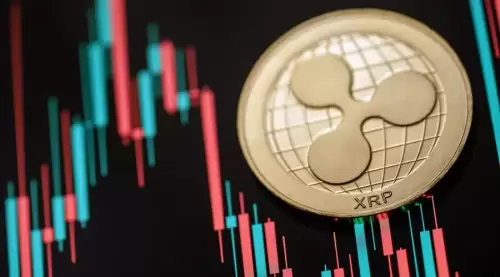 |
|
 |
|
 |
|
 |
|
 |
|
 |
|
 |
|
 |
|
 |
|
 |
|
 |
|
 |
|
 |
|
 |
|
 |
|
Cryptocurrency News Articles
Kasplex L2: A Rollup-Based Smart Contract Solution for the Kaspa UTXO Blockchain
May 19, 2025 at 03:35 pm
As blockchain technology develops, scalability and programmability remain key challenges, especially for blockchains that adopt the UTXO model.

As blockchain technology continues to develop, scalability and programmability remain crucial challenges, especially for blockchains that adopt the UTXO model. Among the emerging layer-one public blockchains, Kaspa stands out with its high throughput achieved by the BlockDAG structure and the GHOSTDAG protocol. However, Kaspa, like Bitcoin, faces limitations in terms of native smart contract functionality, a strength of account-based chains like Ethereum.
To address this problem, the Kaspa ecosystem has been exploring several Layer 2 (L2) solutions, including Sparkle, Igra L2, and Kasplex L2. While Sparkle is still in the theoretical stage and Igra L2 is under development, our analysis will focus on Kasplex L2 as the closest to mature implementation.
Kasplex L2 is a second-layer scaling solution that keeps the first-level chain responsible for transaction ordering and data availability, shifting the computational load to the second layer. In this design, Kaspa's first-level chain, which uses the UTXO model and has a throughput of 10 BPS, determines the standard order of transactions and ensures that its data is accessible to everyone, while Kasplex L2 executes the Ethereum Virtual Machine (EVM) bytecode to perform smart contract functions.
The core mechanism of Kasplex L2 is to embed EVM bytecode in the payload of Kaspa primary chain transactions. This process can be divided into the following steps:
* Transaction submission: A user submits a transaction to the Kaspa primary chain, where the payload contains EVM bytecode. For example, the payload may encode a call to the HelloWorld() smart contract function.
* First-level chain ordering: Kaspa's BlockDAG orders transactions within its DAG structure, providing a deterministic transaction sequence.
* Layer 2 execution: Kasplex L2 runs as an indexer, scanning the payload transactions on the primary chain, extracting the EVM bytecode, executing it in the specified order, and updating its state. Invalid or conflicting transactions (such as transactions attempting to double-spend) will be discarded.
Transaction submission mechanism
Kasplex L2 supports two transaction submission methods, each having different effects:
* Canonical Submission: Transactions are submitted directly to L1 through Kaspa-compatible wallets. This method does not require relay nodes and complies with the decentralization principle of the blockchain system.
* Proxied Submission: Transactions are submitted through a relayer to be compatible with EVM tools like MetaMask. The relayer forwards the transaction to Kaspa L1 to ensure that it is recorded before being processed by L2. This approach prioritizes user convenience but introduces a reliance on relayers.
The proxy submission mechanism ensures atomicity by requiring all second-layer transactions to be anchored on the L1 chain. If a transaction is generated on L2 but has not yet been recorded on the primary chain, the relayer will submit it to the L1 chain for confirmation. This design prevents "native" L2 transactions that bypass the L1 chain consensus and avoids potential security risks.
The following figure illustrates the two submission paths:
Canonical path: Wallet → Kaspa L1 → Kasplex L2
Proxy path: MetaMask → Relay → Kaspa L1 → Kasplex L2
As you may notice, the transaction is actually finalized on L1 before being interpreted by the L2 indexer. This is exactly how Kasplex L2 works: L1 finalizes the data first, and then L2 reads the transaction and updates the state.
To better understand Kasplex L2, we can compare it with Bitcoin Inscriptions (specifically BRC-20), another approach to expanding the programmability of UTXO model blockchains. Both aim to integrate the strengths of the first-level chain—transaction ordering and data availability—while shifting computational complexity to the second layer, but they differ in their implementation and goals.
Similarities
Both Kasplex L2 and BRC-20 embed useful data in primary chain transactions. BRC-20 leverages Bitcoin's Tapscript (enabled by the SegWit upgrade) to store token metadata, typically in a three-step process: "commit (data hash) → reveal (reveal, data itself) → spend (spend, token transfer)."
In contrast, Kasplex L2 embeds EVM bytecode into the payload of Kaspa L1 transactions. For example, if we want to execute a HelloWorld() function in a smart contract, the compiled bytecode will be put into the transaction payload. This structure enables L2 to perform the same functions as a standard EVM chain.
Moreover, both rely on the first-level chain for ordering operations. For BRC-20, the Bitcoin blockchain is used to order token transfers, while Kasplex L2 leverages Kas
Disclaimer:info@kdj.com
The information provided is not trading advice. kdj.com does not assume any responsibility for any investments made based on the information provided in this article. Cryptocurrencies are highly volatile and it is highly recommended that you invest with caution after thorough research!
If you believe that the content used on this website infringes your copyright, please contact us immediately (info@kdj.com) and we will delete it promptly.
-

-

-

-

-

-

-

- The XRP Price Will Be in the Spotlight on Monday as the Market Focuses on the Upcoming CME Futures Launch and the Ongoing ETF Inflows
- May 19, 2025 at 07:45 pm
- The XRP token will be in the spotlight on Monday when CME, a giant American company, launches the first futures. This is a major milestone for the fourth-biggest cryptocurrency in the industry.
-

-

- Sui (SUI) price has been displaying mixed signals, with both bullish and bearish indicators creating a complex market outlook.
- May 19, 2025 at 07:40 pm
- SUI (SUI) price has been displaying mixed signals lately, with both bullish and bearish indicators creating a complex market outlook. Currently trading near $3.84




























































